SpaceX's Interplanetary Transport System for Mars Colonization in Images
Liftoff!

The booster will accelerate the spaceship to a speed of about 5,375 miles per hour (8,650 km/h). When it exits Earth's atmosphere, the rocket booster will provide 138 meganewtons (31 million lbs.) of thrust. This is almost 4 times as much power as NASA's Saturn V rocket, which carried astronauts to the moon. You can read our full story here.
Under Pressure
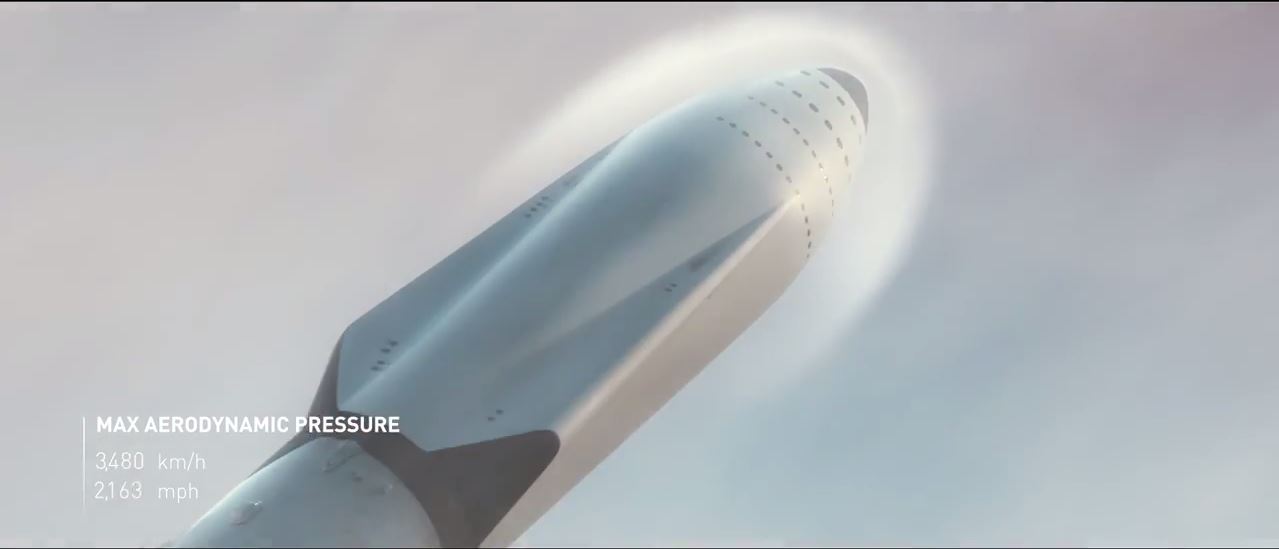
The maximum speed at which the ITS can safely travel through Earth's atmosphere is 2,163 mph (3,480 km/h).You can read our full story here.
Rocket Detaches
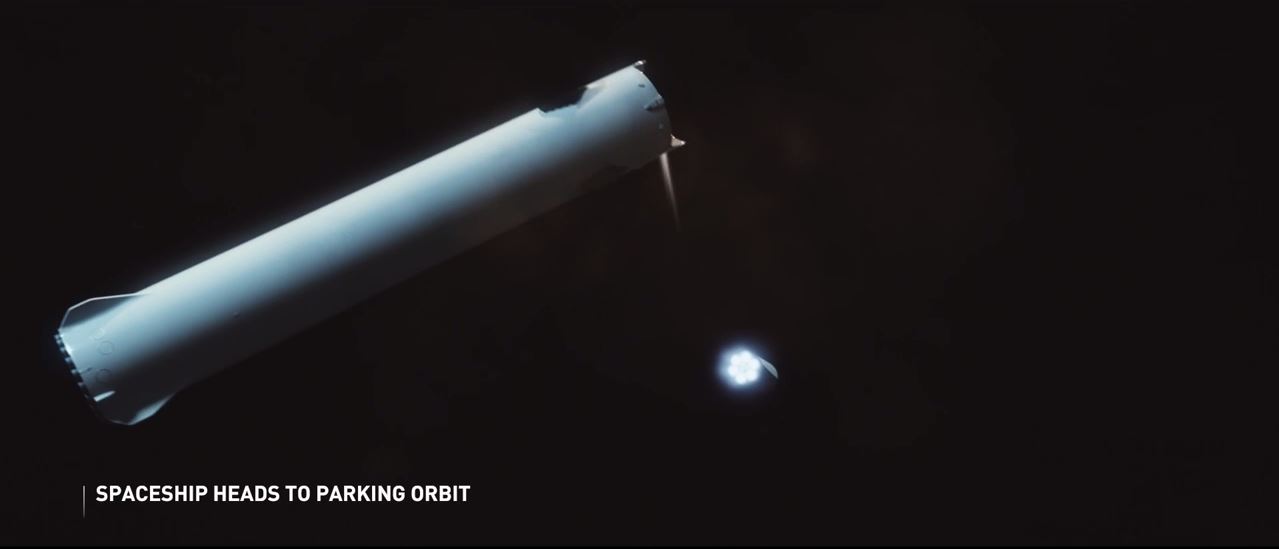
The rocket detaches itself from the crew capsule in low-Earth orbit.You can read our full story here.
Stage Separation
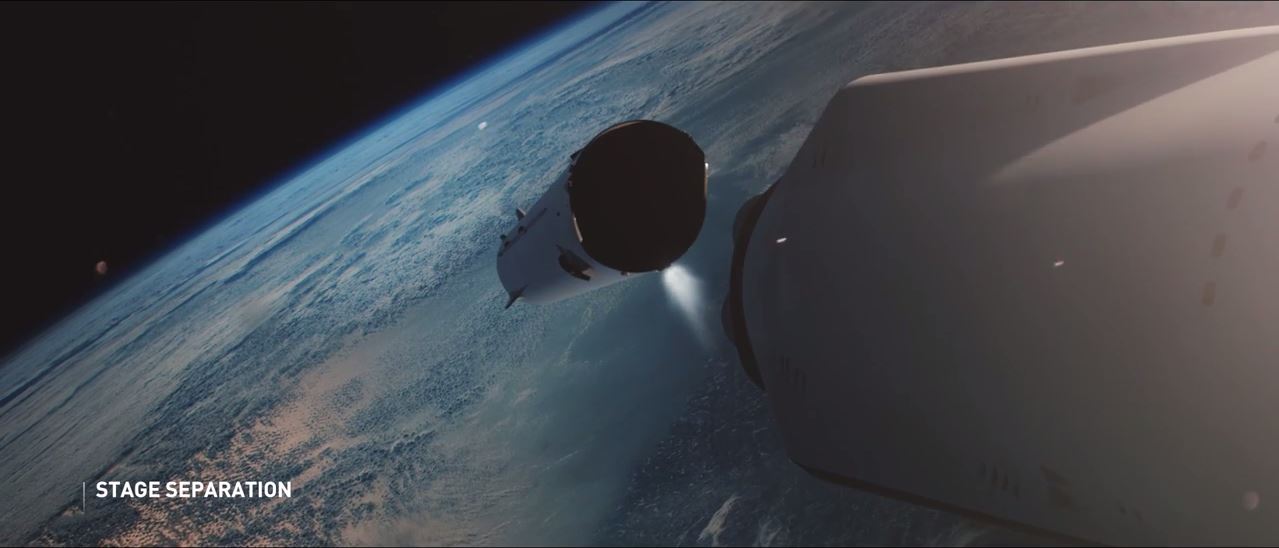
Once the spacecraft has successfully launched, the rocket booster will separate from the crew capsule.You can read our full story here.
"Parking Orbit"
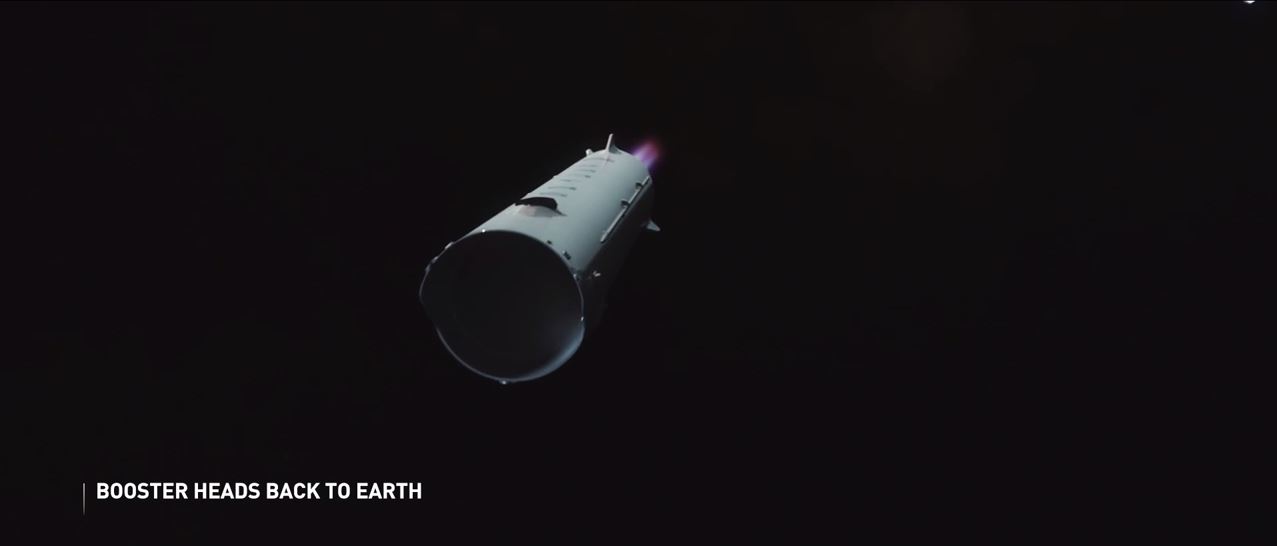
The launch vehicle then nudges itself into "parking orbit" around Earth. It will stay here temporarily until the time is right to dive in for a landing.You can read our full story here.
Earth-Bound Rocket
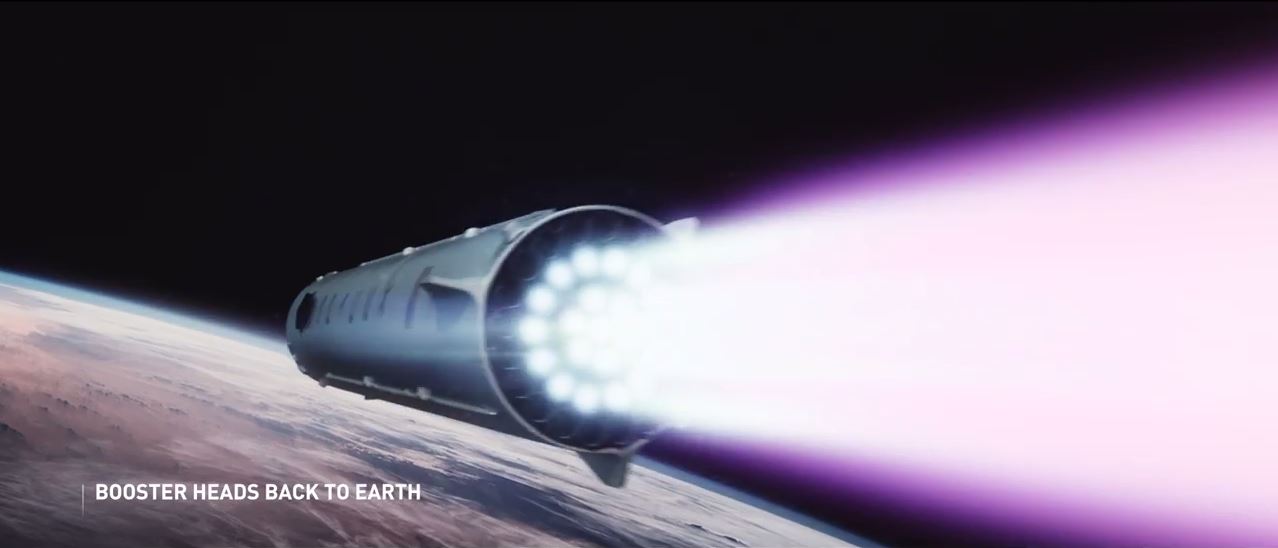
The reusable rocket will then head back down to Earth, where it will land safely and eventually lift off again.You can read our full story here.
Landing Back on the Launch Mount
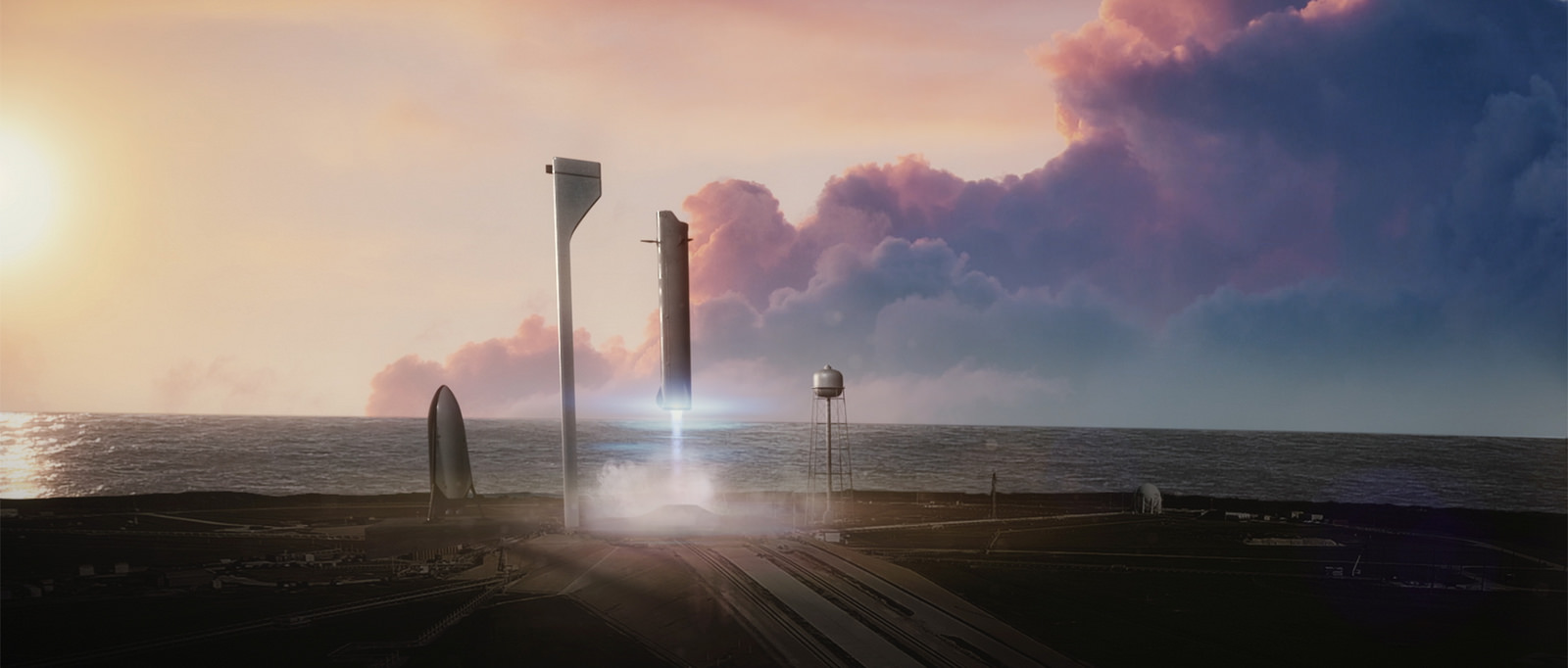
The rocket will come in for an incredibly precise and upright landing, much like the Falcon 9 rocket landings SpaceX has demonstrated in the past. You can read our full story here.
Get the Space.com Newsletter
Breaking space news, the latest updates on rocket launches, skywatching events and more!
New Propellant Tanker
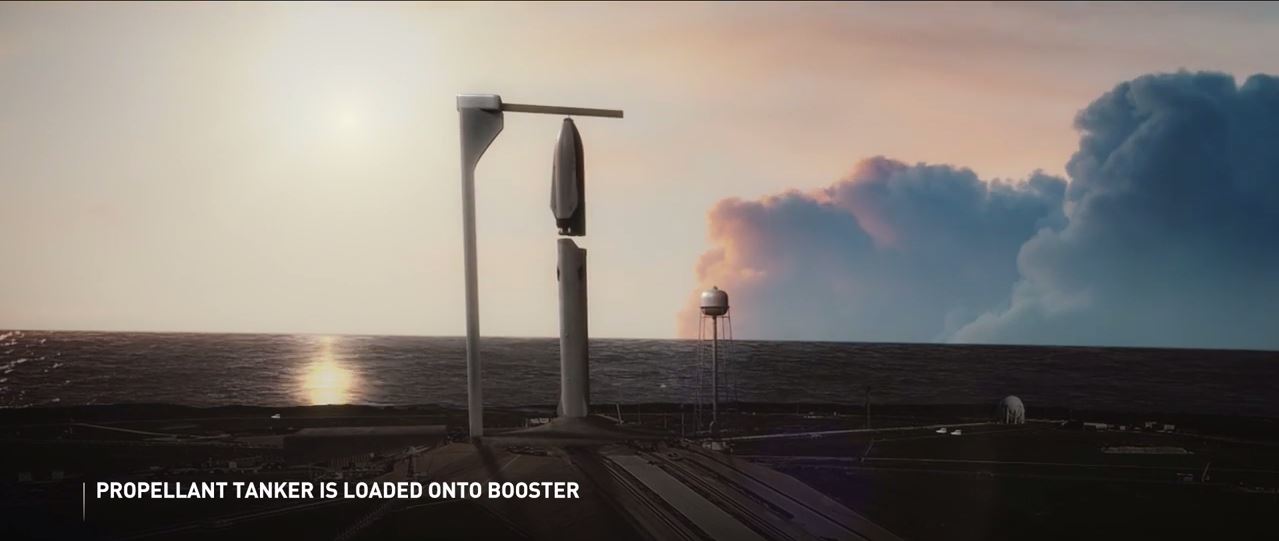
A propellant tanker is loaded onto the spacecraft, which will then launch back into space.You can read our full story here.
SpaceX Interplanetary Transport System Refuel

SpaceX's Interplanetary Transport System calls for in-space refueling of its passenger colony ship, as seen in this artist's illustration. You can read our full story here.
Tanker Goes Home
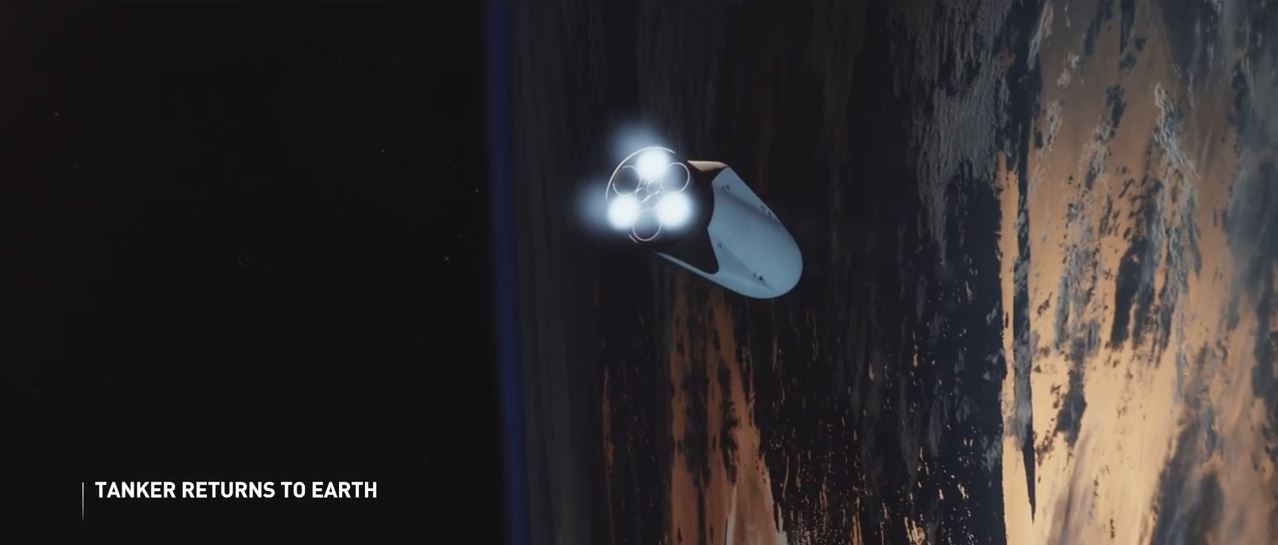
After refueling, the tanker returns to Earth for a controlled landing.
Join our Space Forums to keep talking space on the latest missions, night sky and more! And if you have a news tip, correction or comment, let us know at: community@space.com.

Hanneke Weitering is a multimedia journalist in the Pacific Northwest reporting on the future of aviation at FutureFlight.aero and Aviation International News and was previously the Editor for Spaceflight and Astronomy news here at Space.com. As an editor with over 10 years of experience in science journalism she has previously written for Scholastic Classroom Magazines, MedPage Today and The Joint Institute for Computational Sciences at Oak Ridge National Laboratory. After studying physics at the University of Tennessee in her hometown of Knoxville, she earned her graduate degree in Science, Health and Environmental Reporting (SHERP) from New York University. Hanneke joined the Space.com team in 2016 as a staff writer and producer, covering topics including spaceflight and astronomy. She currently lives in Seattle, home of the Space Needle, with her cat and two snakes. In her spare time, Hanneke enjoys exploring the Rocky Mountains, basking in nature and looking for dark skies to gaze at the cosmos.









